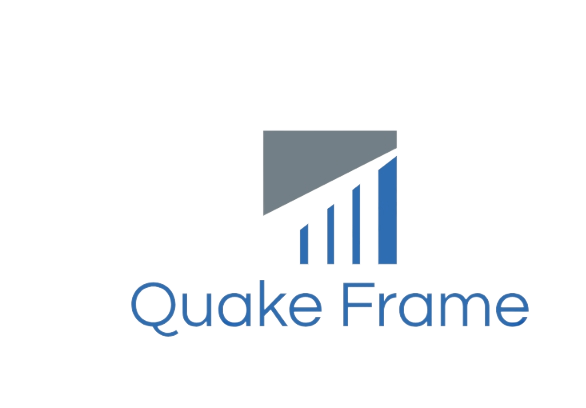The process of integrating a supply chain management system can be daunting. There are many obstacles that businesses may encounter, from cultural resistance to technological limitations. However, with the right approach and mindset, these challenges can be successfully overcome.
Understanding the Need for Change
One of the initial hurdles to cross is understanding the need for change. This goes beyond recognizing the benefits of having a streamlined supply chain. It involves acknowledging the operational inefficiencies that exist and how a logistics management system can rectify them.
Resistance to Change
Employees may be comfortable with the existing procedures and fearful of the unknown. To overcome this, it’s essential to involve all stakeholders in the process, showing them how the new system will make their work easier and more efficient.
Technological Limitations
Not all businesses have the necessary technology infrastructure to support modern supply chain management systems. Upgrading your tech stack is a significant investment but one that can pay off in the long run. Consider cloud-based solutions that can scale with your business and require less upfront cost.
Training and Skill Gaps
Another challenge is ensuring that your team has the necessary skills to use the new system effectively. This might mean investing in training or hiring new staff with the required expertise. Remember, the system is only as good as the people who use it.
Data Integration
Integrating data from various sources into your distribution management platform can be a complex task. However, it’s crucial for creating a unified view of your logistics operations. Work with your IT team or a third-party provider to ensure seamless data integration.
Ensuring Compliance
In the world of supply chains, compliance with regulations is critical. Your new system should not only help you maintain compliance but also make it easier to demonstrate compliance to auditors and regulators.
Managing Costs
Implementing a comprehensive management system can be costly. However, it’s important to view this as an investment rather than an expense. Over time, the efficiencies gained can lead to significant cost savings.
Choosing the Right System
There are many platforms available, each with its unique strengths and weaknesses. Research thoroughly, seek expert advice, and consider your specific business needs before making a decision.
In conclusion, while implementing a supply chain management system can present several challenges, they are not insurmountable. With careful planning, stakeholder involvement, and a willingness to invest in necessary resources, you can successfully navigate these obstacles and reap the benefits of a more efficient and effective distribution.

